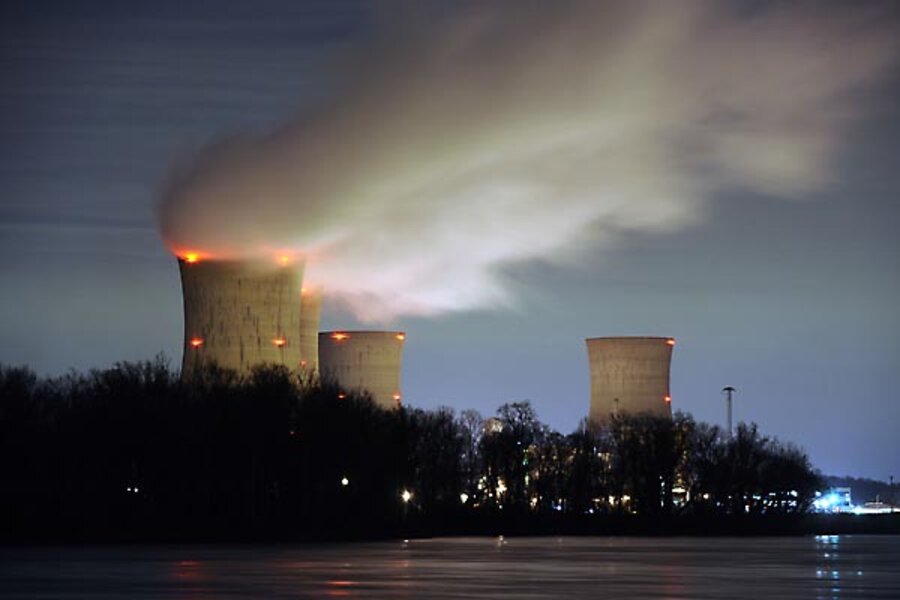Small nuclear reactors get boost from US Energy Department
Loading...
The U.S. Department of Energy announced that it has selected NuScale Power as its second winner in the agency’s public-private partnership program to support the development of small modular reactors (SMR). The award includes a five-year cost-sharing program including up to $226 million in funding – DOE will provide 50% of the cost of the project and requires matching funding from the company.
DOE originally announced its decision to partner with the nuclear industry to develop SMRs in March 2012, issuing a Funding Opportunity Announcement (FOA) worth up to $452 million. Babcock & Wilcox received the first award in November 2012 and after negotiations with DOE, the two signed an agreement in April 2013 that provides B&W with $79 million in federal funding.
DOE defines SMRs as nuclear reactors that are 300 megawatts or less, about one-third the size of a conventional large-scale nuclear reactor. B&W’s MPower design will have a capacity of 180 MW, while NuScale’s Power Module will generate a much smaller 45 MW. (Related article: The Iranian Nuclear Deal and Its Effect on Oil Markets)
The decision to put public money towards developing a certified SMR design was a sign of the Obama administration’s support for nuclear power. It was also significant because the nuclear industry has stalled out. Upfront costs for a new 1,000 megawatt nuclear power plant are extraordinary. With cheap natural gas and increasingly cheap clean energy, nuclear power has become too expensive to build.
SMRs promise several, yet unproven, benefits over large reactors. Small reactors can be constructed in factories and shipped to site, cutting costs and avoiding construction delays. They can also be built underground, improving safety. Lower upfront costs due to their small size allow for lower financing costs, as well as the flexibility of only adding small increments of power capacity – beneficial when power demand is growing slowly.
These, however, are so far unproven advantages. Critics point to the possibility of a new set of problems with SMRs. Cutting the size of the unit means a loss of economies of scale, for example, and having more units means a greater chance that a safety problem could go wrong at one of them. The details will only be understood once an SMR is fully constructed. (Related article: Andrea Rossi’s Official ECAT Website Ready to Accept Orders for 1MW Unit)
For this reason, DOE has decided to help get several SMR designs through the certification process (which itself can costs millions of Dollars), in an effort to get a commercialized design by 2022.
The timing is important because many of the nation’s nuclear power plants are aging. The nuclear industry and the Nuclear Regulatory Commission (NRC) have decided to pursue 20-year license renewals for over two-thirds of the 100 operating nuclear reactors in the U.S., extending their reactor lifetime operating periods beyond the original 40-year licenses. However, despite these extensions, about half of all nuclear reactors in the U.S. will reach their 60-year expiration dates sometime in the 2030’s. If nuclear power is to continue to make up about one-fifth of the nation’s electricity supply, the industry will need to replace their 20th Century nuclear fleet with something new.
Original article: http://oilprice.com/Alternative-Energy/Nuclear-Power/DOE-Announces-Funding-for-Small-Nuclear-Reactors.html







